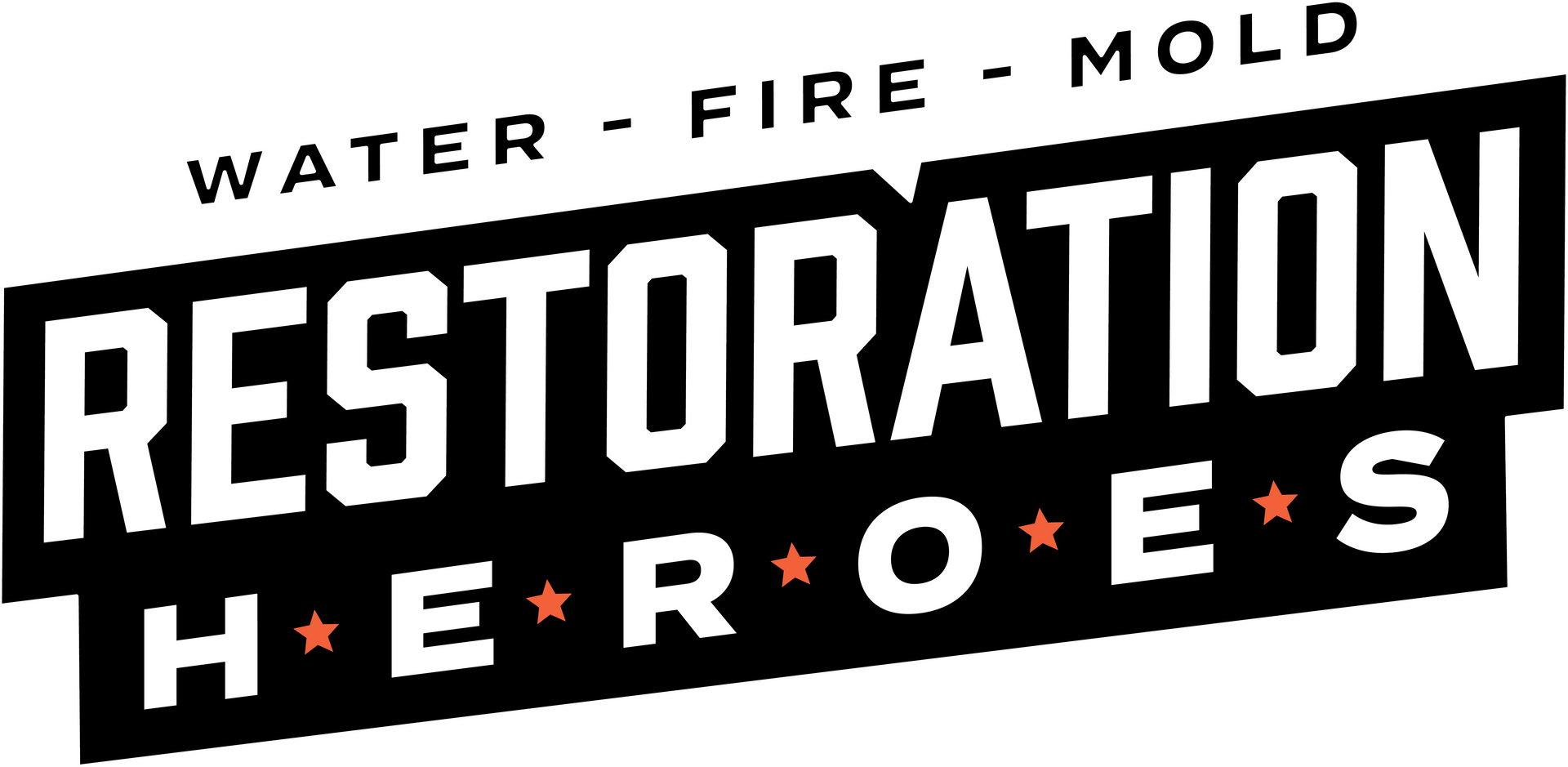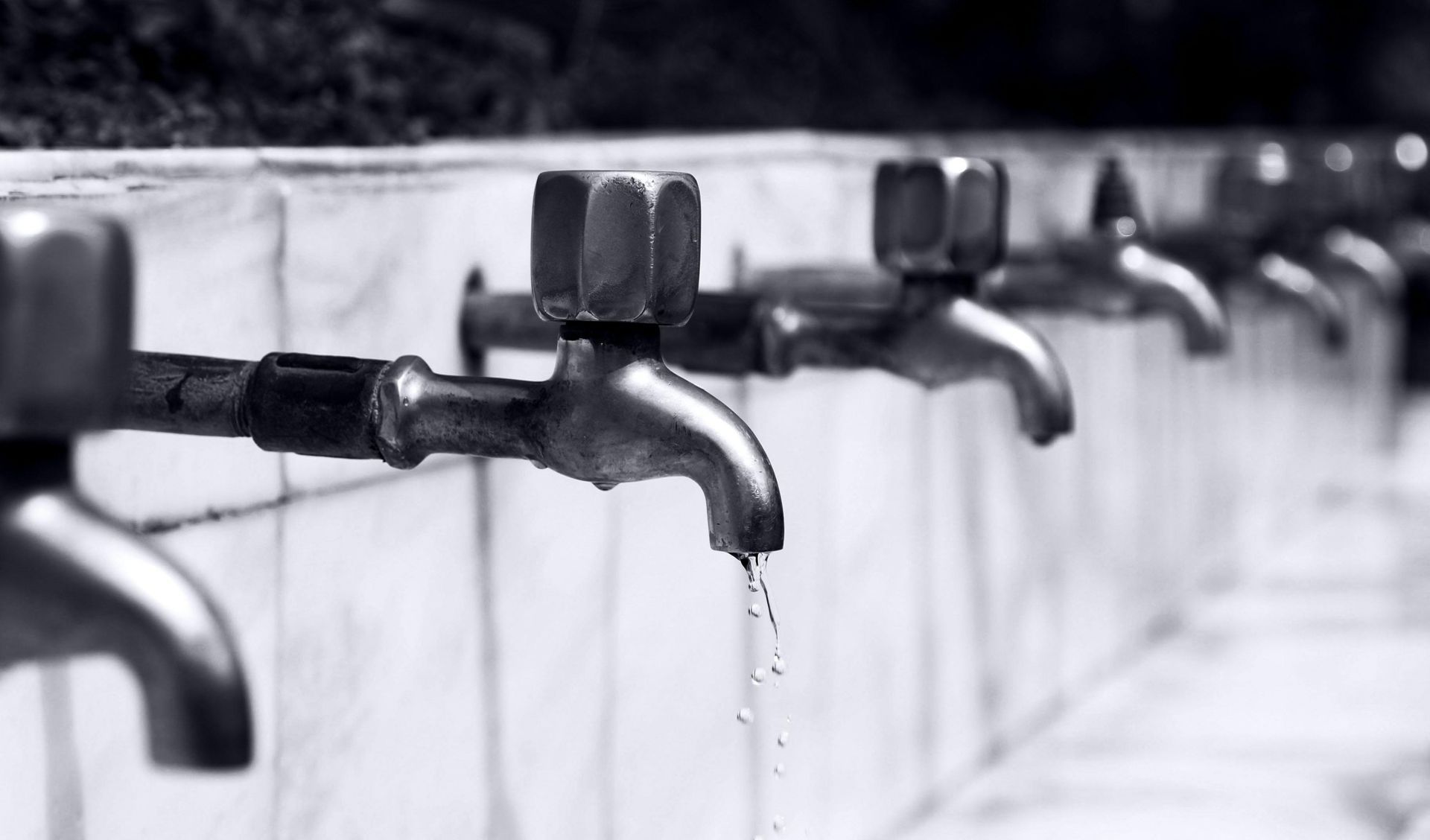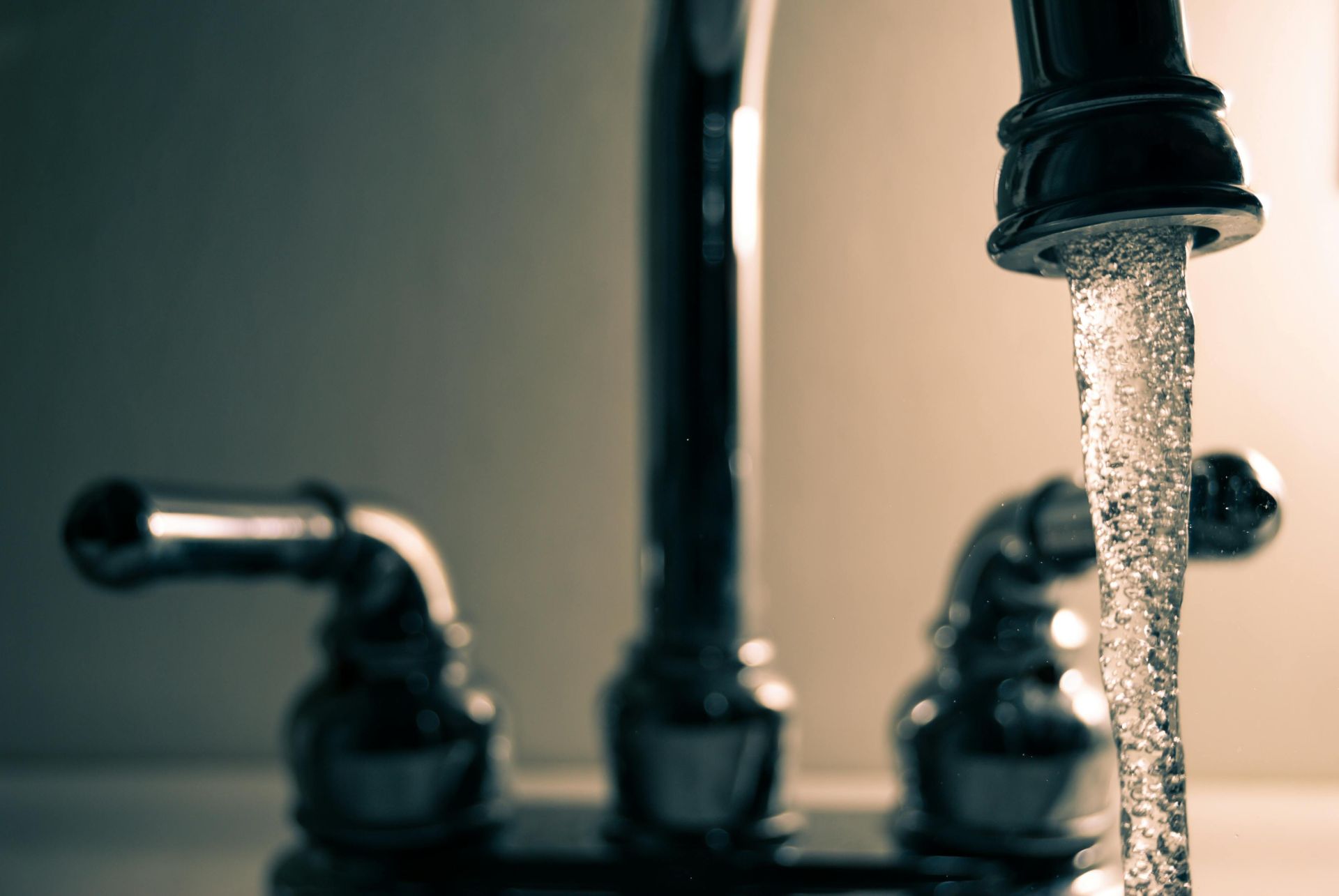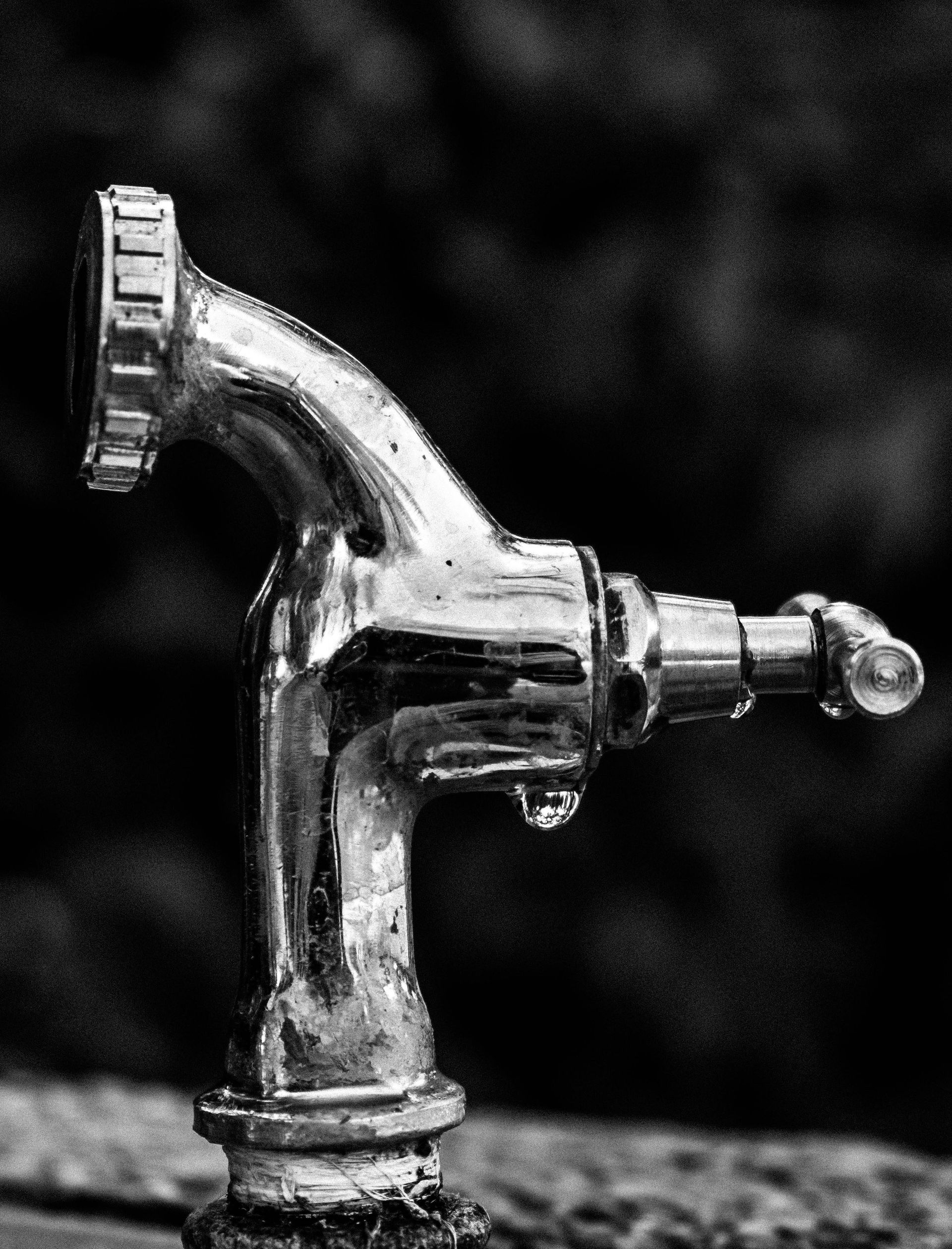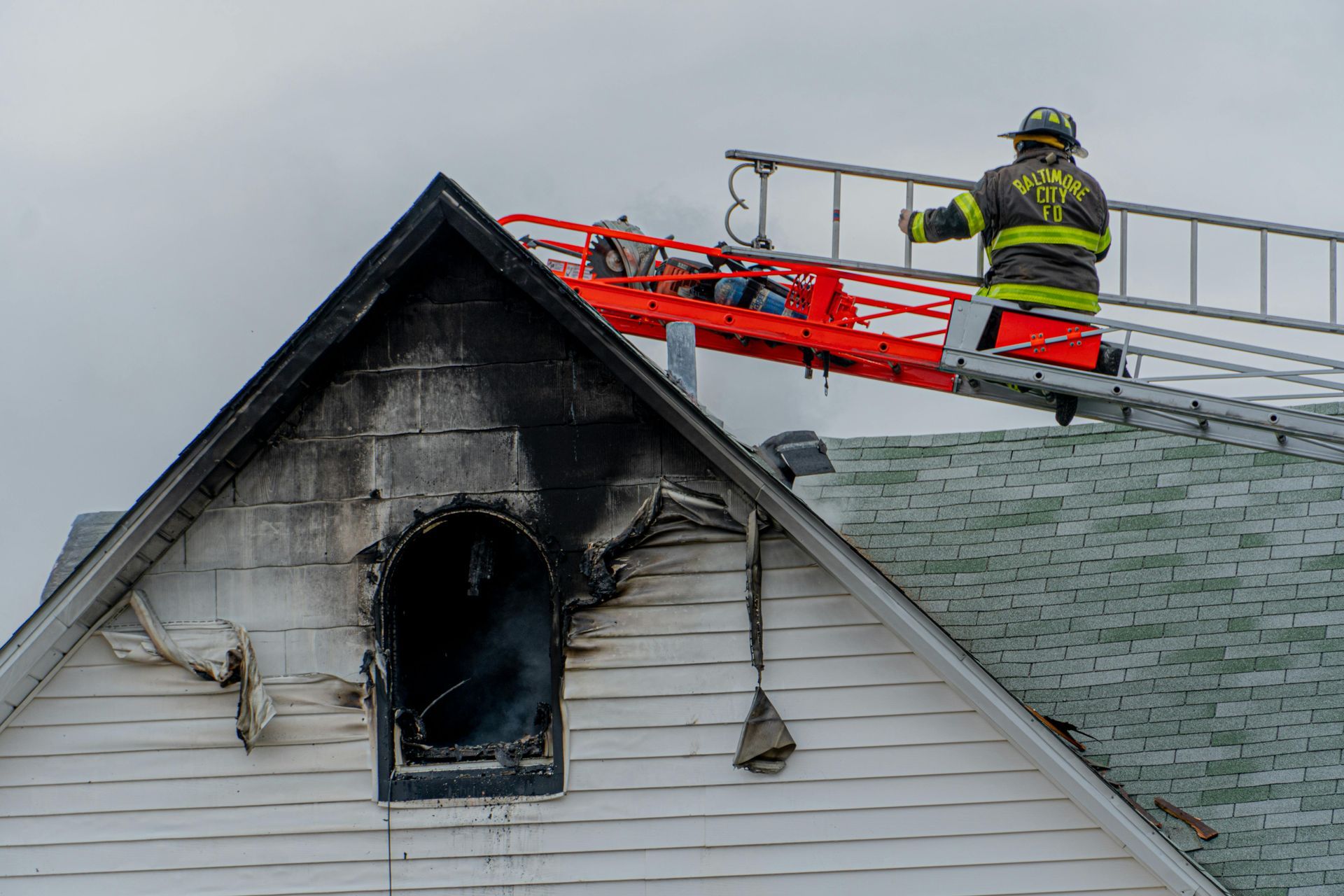The Importance of Earthquake Preparedness: How to Protect Your Home and Family
This is a subtitle for your new post
Earthquakes are a natural phenomenon that can strike without warning, causing significant damage and posing serious threats to our homes and families. By taking proactive measures and prioritizing earthquake preparedness, we can minimize risks and ensure the well-being of our loved ones. This blog post will highlight the importance of earthquake preparedness and provide practical tips for protecting your family and homey.
1. learn about earthquake risks in your area:
Research and understand your region's earthquake risks. Consult local geological surveys and earthquake preparedness resources to learn about earthquake likelihood and intensity. By knowing what steps to take for preparedness, you will be able to prioritize them.
2. Create an Emergency Plan:
Develop a comprehensive emergency plan that outlines the necessary steps before, during, and after an earthquake. This plan should include communication strategies, evacuation routes, designated meeting points, and a list of emergency contacts. Share this plan with your family members, ensuring everyone understands their roles and responsibilities.
3. Conduct a Home Hazard Assessment:
Assess your home for potential hazards that could exacerbate earthquake damage. Be sure to secure heavy furniture and appliances to prevent them from toppling. Inspect masonry or foundations for structural weaknesses and address them. Having your home's structural integrity assessed by a professional may be a good idea.
4. Prepare an Emergency Kit:
Prepare an emergency kit that includes essential supplies to last your family at least 72 hours. It should include non-perishable food, drinking water, first aid supplies, flashlights, batteries, a portable radio, extra clothing, blankets, and personal hygiene products. Check and update your kit contents regularly to make sure everything is in good working order and within expiration dates.
5. Secure Hazardous Materials:
Make sure your home is safe from hazardous materials by identifying them and securing them. Store chemicals, cleaning agents, and flammable substances in secure shelves, cabinets, and containers to prevent spills and accidents during an earthquake. Ensure that these materials are properly labeled and stored away from potential ignition sources.
6. Educate Yourself and Your Family:
When an earthquake strikes, you should take the appropriate actions. When earthquakes occur, teach your family members how to "Drop, Cover, and Hold On." Regularly practice these actions to reinforce the appropriate response and increase familiarity with earthquake safety.
7. Strengthen Your Home's Foundation:
Enhance your home's structural integrity and earthquake resilience by retrofitting it. Assess the feasibility of reinforcing key elements such as the foundation, walls, and roof with the help of professionals. You can significantly reduce the vulnerability of your home to earthquake damage by implementing seismic retrofitting measures.
For our homes and families, earthquake preparedness is not a choice, but a necessity. Earthquakes can be mitigated by understanding the risks, creating an emergency plan, securing our homes, and educating ourselves. It's important to review and update your preparedness plans and supplies regularly. During seismic events, we can ensure the safety and well-being of our loved ones by prioritizing earthquake preparedness.
Be safe and prepared!
